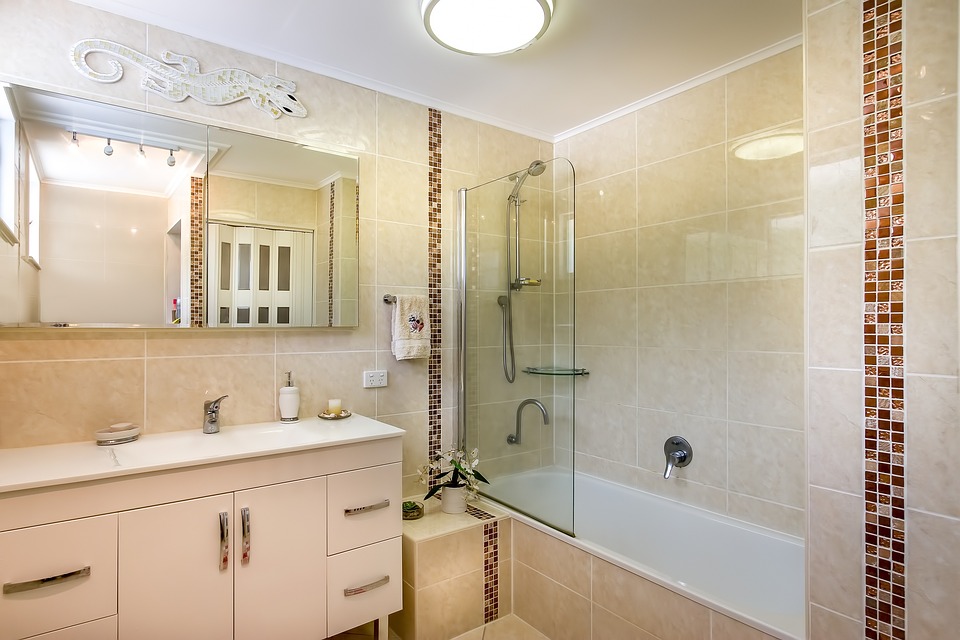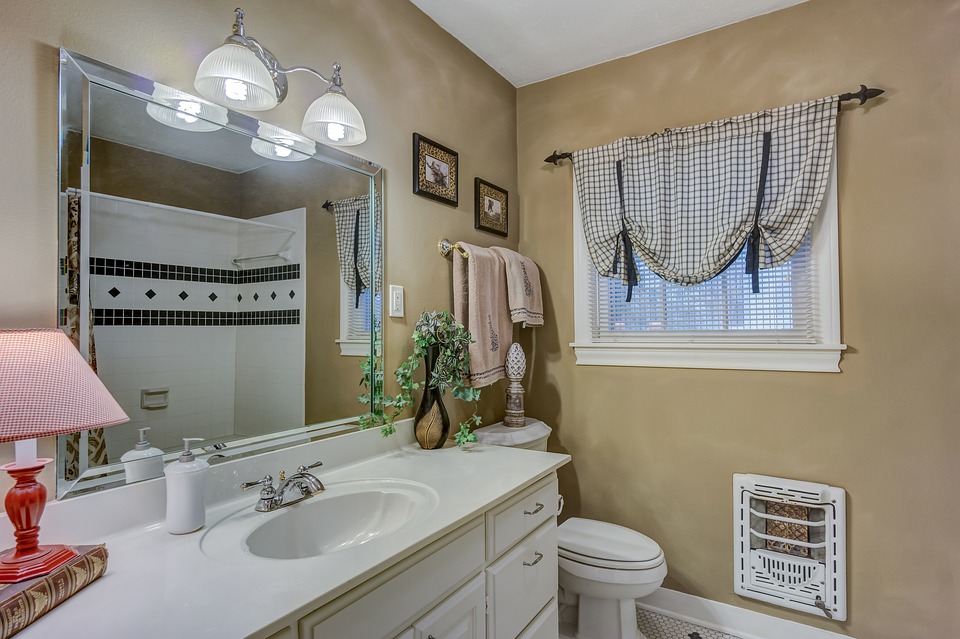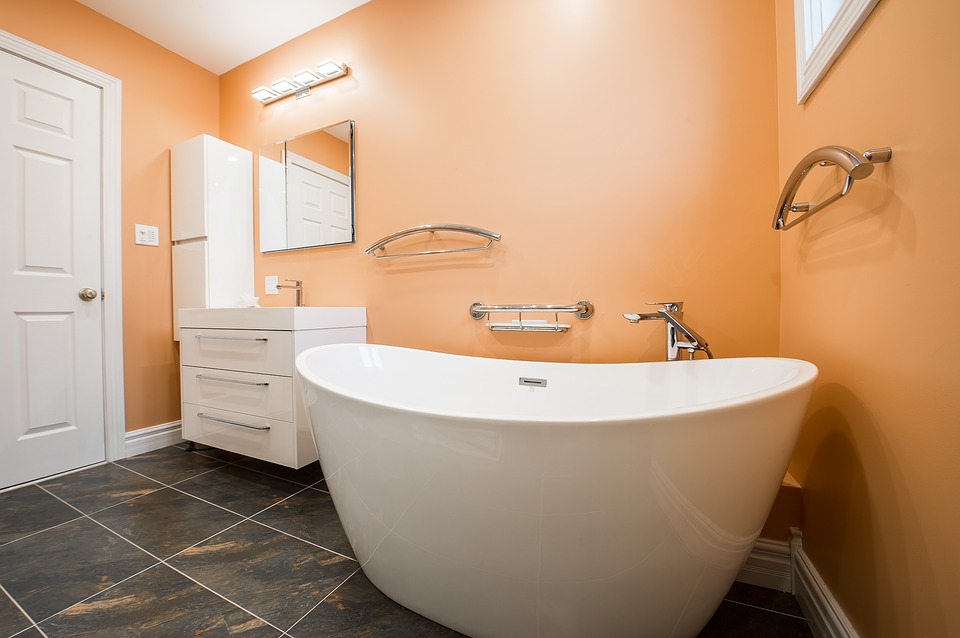
Water heating, when done wrong, can drastically inflate the utility bill. Given the fact that 40% of greenhouse gas emission in the UK comes from residential properties, the modern homeowner can safely deduce that optimizing water heating is not only important for the preservation of the environment, but will also allow for long-term financial savings as well.
Oftentimes, the household could make dramatic changes in the way it consumes electricity or other energy sources by simply introducing affordable solutions in the most wasteful areas such as the kitchen and the bathroom.
Here are the five changes you can make today to help you lower your heating bill and aid in the preservation of Earth in the process.

Cut your shower time
Some of the most effective solutions require little to no monetary investment, and although it’s nice to bask in the soothing warmth of a bubble bath or try to sing like Freddie Mercury in the shower, this type of habit is not really doing your budget or the environment any favour. By simply cutting your shower times to five minutes or less, you can help conserve the rapidly fading natural resources, and save the heater from working overtime.
Niagara Earth Massage 1.25GPM Low flow showerhead - saves money by using up to 75% less water than traditional "low-flow" showerheads
What’s more, by simply turning the shower head off while you soap up or shave can help you save gallons of water per session. Now, while enjoying a soothing bath is always a great way to relax and de-stress, you want to stick to quick showers during the day, and fill up the bathtub only about once a week.

Lower the temperature
Many people are not aware of this, but if you’re constantly keeping your water heater working on high settings, you’re not only wasting precious energy, but you’re also shortening its lifespan. What’s even worse is when your heater constantly needs to reheat the water during the day, awaiting the use.
The continuous heating and cooling only increase the rate of scale build-up inside the tank, leading to a breakdown down the road. The most sensible solution to avoid all of these issues is to just lower the temperature to about 50°C (120°F). Not only is this the perfect temperature for all your bathing needs, but for every 10% decrease in temperature you can save 3%-5% on your heating bills.

Choose an efficient system
If you want to reduce energy consumption and optimize heating for maximum savings and environment preservation, there is nothing that can beat making the switch to eco-friendly, energy-efficient appliances. The Energy Star rating found on most modern hot water systems and household amenities should give you a good idea on how much energy you’ll be able to save.
These types of appliances are excellent at conserving energy and water, and the specialized cold water wash cycles on dishwashers and washing machines will further the cause without sacrificing performance. So if your water heating system is old and worn out, the best thing to do is to upgrade to a more efficient model.
Fix the leaks around the house
You would be amazed at how much water is lost on an annual basis through concealed leaks in the pipe network around the house, not to mention the wastefulness of leaky taps, toilets, and showerheads. Letting precious water waste into the abyss is not only bad for your utility bill, but it’s also bad for the structural integrity of your home, as leaks can easily damage the walls and the water system.
This is why fixing all leaks around the house is an important step towards more sensible water heating and consumption, so make sure you inspect every faucet, pipe, and appliance thoroughly. Remember that no leak is insignificant or benign no matter how small.

Install low-flow fixtures and a timer
Lastly, you can affordably increase water and heat conservation by installing low-flow fixtures around the household. This affordable solution will greatly reduce water consumption in your home without sacrificing the water pressure, so you won’t even feel the difference – except in your budget. While you’re at it, give a low-flow toilet a try as well for maximum savings.
EcoSmart ECO 11 Electric Tankless Water Heater
Another great idea to optimize heater performance and ensure its longevity is to install a programmable timer, and let it regulate when the heater is on automatically. You can program it to turn the heater on during the off-peak hours, resulting in greater financial savings.
The water heating system, although inherently a wasteful amenity, is a modern-day necessity no home can do without. But that doesn’t mean that your household should continue to waste precious resources. Instead, by following these steps, you can effectively optimize energy consumption and aid in the preservation of the environment too.
Guest post by Lillian Connors
About the Author
Lillian Connors can’t resist the urge to embark on a myriad of green living/home improvement projects and spread the word about them. She cherishes the notion that sustainable housing and gardening will not only make us far less dependent on others regarding the dwellings we inhabit, but also contribute to our planet being a better place to live on. You can check her out on Twitter and LinkedIn.
You may also like
Living a Green and Healthy Lifestyle: Mission Possible
Viable Earth-Friendly Alternatives to Bottled Water
Condensing Boilers: Environmental Benefits
Tips for Superior Energy Efficiency At Home
The 7 Best Energy Efficiency Apps for Your Home [Infographic]
Energy Saving Tips Every Household Should Know About
Everything You Need To Know About Water Heaters [Infographic]
Creative Ways to Reduce Your Utility Bills [Infographic]
10 Ways To Save Water At Home [Infographic]
